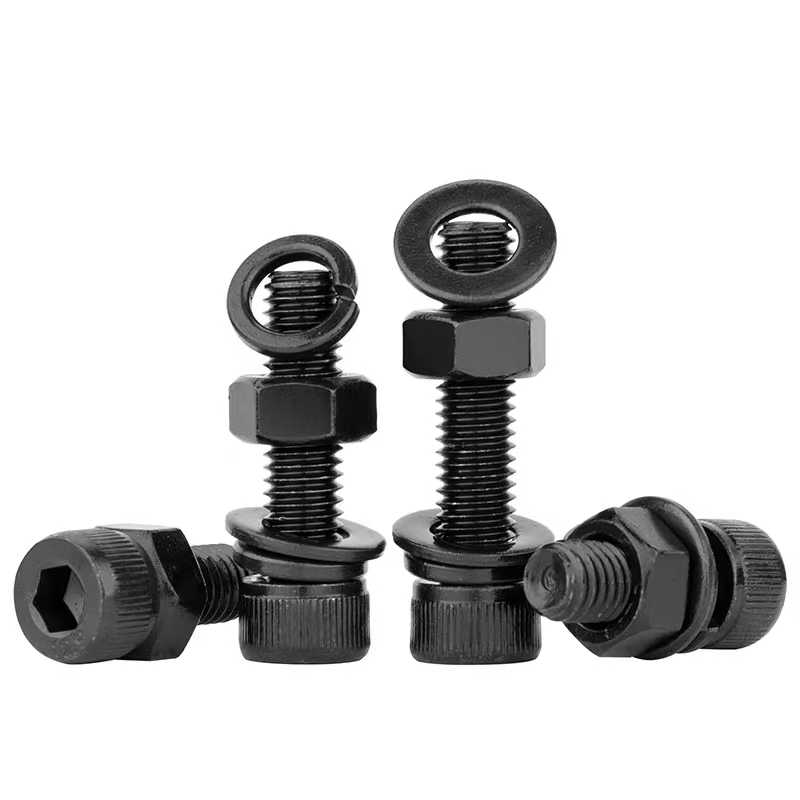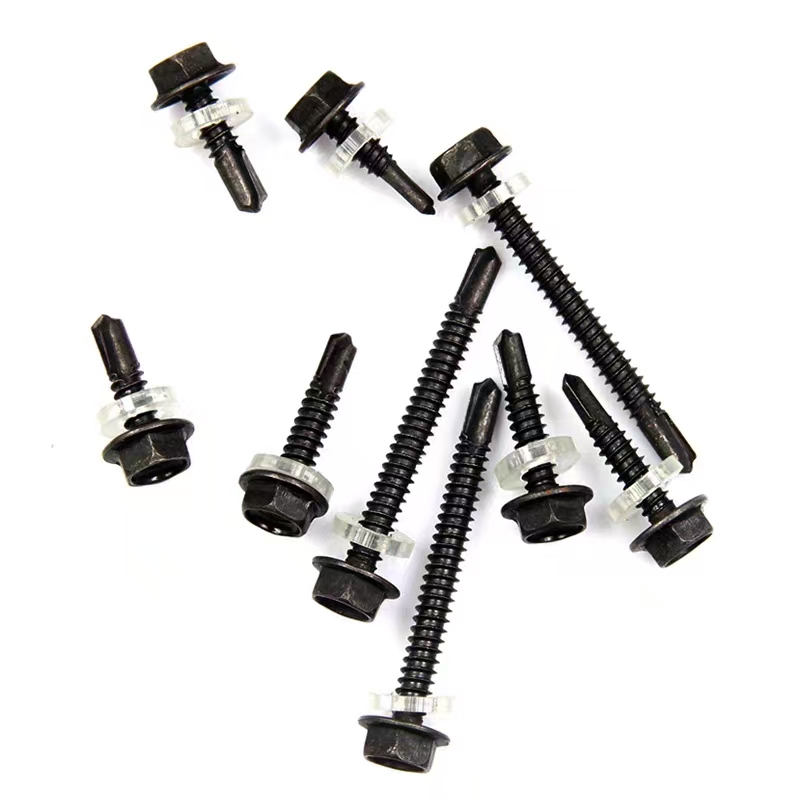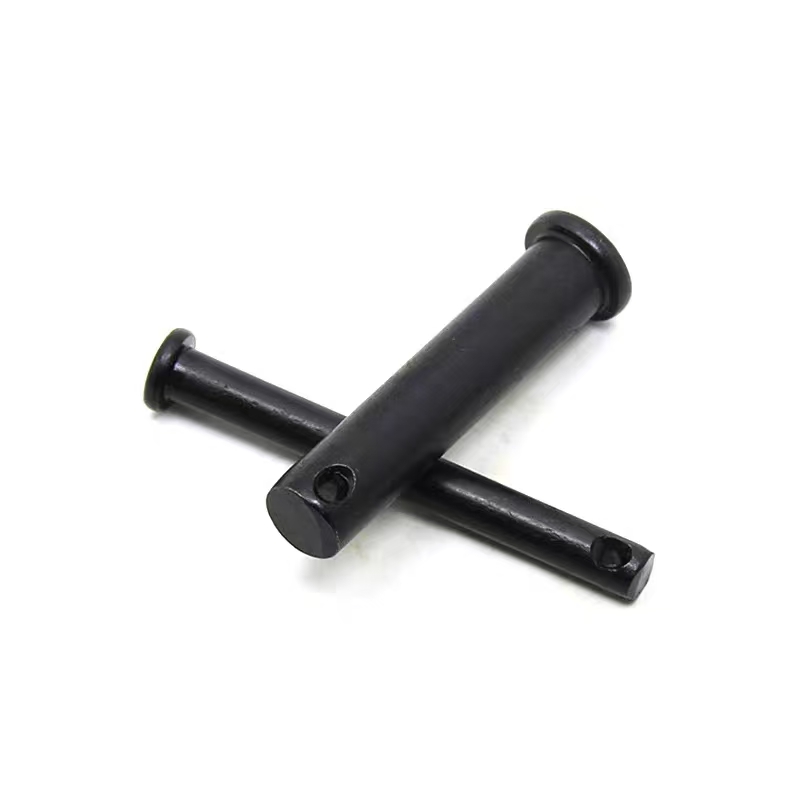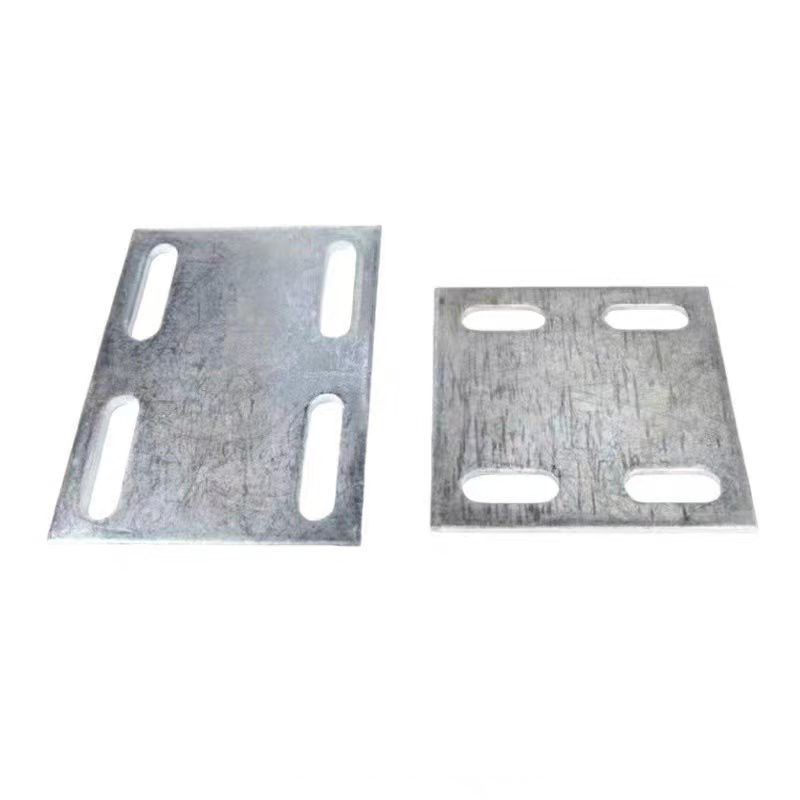- Chinese
- French
- German
- Portuguese
- Spanish
- Russian
- Japanese
- Korean
- Arabic
- Irish
- Greek
- Turkish
- Italian
- Danish
- Romanian
- Indonesian
- Czech
- Afrikaans
- Swedish
- Polish
- Basque
- Catalan
- Esperanto
- Hindi
- Lao
- Albanian
- Amharic
- Armenian
- Azerbaijani
- Belarusian
- Bengali
- Bosnian
- Bulgarian
- Cebuano
- Chichewa
- Corsican
- Croatian
- Dutch
- Estonian
- Filipino
- Finnish
- Frisian
- Galician
- Georgian
- Gujarati
- Haitian
- Hausa
- Hawaiian
- Hebrew
- Hmong
- Hungarian
- Icelandic
- Igbo
- Javanese
- Kannada
- Kazakh
- Khmer
- Kurdish
- Kyrgyz
- Latin
- Latvian
- Lithuanian
- Luxembou..
- Macedonian
- Malagasy
- Malay
- Malayalam
- Maltese
- Maori
- Marathi
- Mongolian
- Burmese
- Nepali
- Norwegian
- Pashto
- Persian
- Punjabi
- Serbian
- Sesotho
- Sinhala
- Slovak
- Slovenian
- Somali
- Samoan
- Scots Gaelic
- Shona
- Sindhi
- Sundanese
- Swahili
- Tajik
- Tamil
- Telugu
- Thai
- Ukrainian
- Urdu
- Uzbek
- Vietnamese
- Welsh
- Xhosa
- Yiddish
- Yoruba
- Zulu
- Kinyarwanda
- Tatar
- Oriya
- Turkmen
- Uyghur

U-bolt
The Essential Role of U-Bolts in Industrial Applications
U-bolts, a fundamental component in industrial settings, often go unnoticed until a specific need arises. Serving various purposes, they are integral in securing pipes, structures, and machinery. Despite their simplicity, selecting the appropriate U-bolt requires understanding its specifications and applications thoroughly, a task that can involve more complexity than one might initially assume.
Understanding the Basics of U-Bolts
At its core, a U-bolt is a bolt bent in the shape of the letter 'U'. It's primarily used to secure pipes or rods to a structure. The specification of a U-bolt—ranging from its diameter, material, and length—depends heavily on the specific application it’s intended for. I remember the first time I encountered a mislabeled specification, which taught me the importance of double-checking dimensions.
Handan Zitai Fastener Manufacturing Co., Ltd., a well-known name in the industry, offers a range of U-bolts suitable for differing industrial requirements. Their location in the Yongnian District of Handan City, Hebei, gives them logistical advantages in terms of transport, thanks to proximity to major railways and highways. More about their offerings can be found at Zitai Fasteners.
Each project starts by assessing the load-bearing needs. Misjudging the tensile strength could lead to disastrous failures. A colleague once had an installation fail due to an oversight in corrosion resistance needs—a mistake you only make once.
Material Matters: Choosing the Right U-Bolt
Material selection for U-bolts is crucial. While stainless steel is prevalent due to its resistance to rust, industries dealing with chemicals might favor variants with special coatings. I’ve seen some sectors choosing galvanized options for outdoor applications, where weather resistance is a priority.
Interestingly, the needs for non-standard applications often lead to custom orders. I once dealt with an offshore project where the standard hardware simply didn’t cut it. Customization was the only route, and that’s where manufacturers like Handan Zitai Fastener Manufacturing Co., Ltd. come into play, offering tailor-made solutions.
Experience has taught me to consult material engineers when uncertainties arise. After all, the right material choice extends the lifespan of the installation, justifying the initial investment.
Installation Insights
The installation process for U-bolts is straightforward yet demands precision. Misalignment can cause stress fractures, compromising the entire structure. Always follow the manufacturer’s torque specifications, a detail often overlooked.
Having spent countless hours overseeing installations, it’s clear that even the angle at which a U-bolt is mounted impacts its performance. A simple adjustment can prevent long-term issues. This is one of those aspects where theoretical knowledge meets practical wisdom.
For secure installations, consistent monitoring and maintenance checks are advisable. Detecting issues early can prevent failure, a lesson anyone who’s spent time in industrial maintenance will endorse.
Troubleshooting Common U-Bolt Issues
Even with the best U-bolts, issues can arise. Common problems include slippage under vibration, corrosion, and uneven load distribution. Addressing these requires a methodical approach.
Vibration-related slippage is particularly common in dynamic environments. Solutions range from simple tightening to employing lock nuts or specialized coatings. Sometimes, it’s the small tweaks that solve big problems.
Corrosion is another frequent challenge. Here, quality materials and preventive measures make all the difference. Regular surface treatments or periodic replacements might be inconvenient, but they ensure longevity.
Future Trends and Innovations
The fastener industry, including companies like Handan Zitai Fastener Manufacturing Co., Ltd., is seeing interesting advancements. Innovation in materials—such as composite U-bolts—offers exciting potential for weight reduction without sacrificing strength.
Smart technologies are creeping in, too. Imagine U-bolts with embedded sensors that provide real-time feedback on stress levels and wear. It’s an area to watch, as these technologies could revolutionize maintenance.
Ultimately, the humble U-bolt continues to be an unsung hero in construction and industry. Its utility and simplicity, paired with the right advancements, will undoubtedly keep it relevant for years to come.
Related products
Related products
Best selling products
Best selling products-
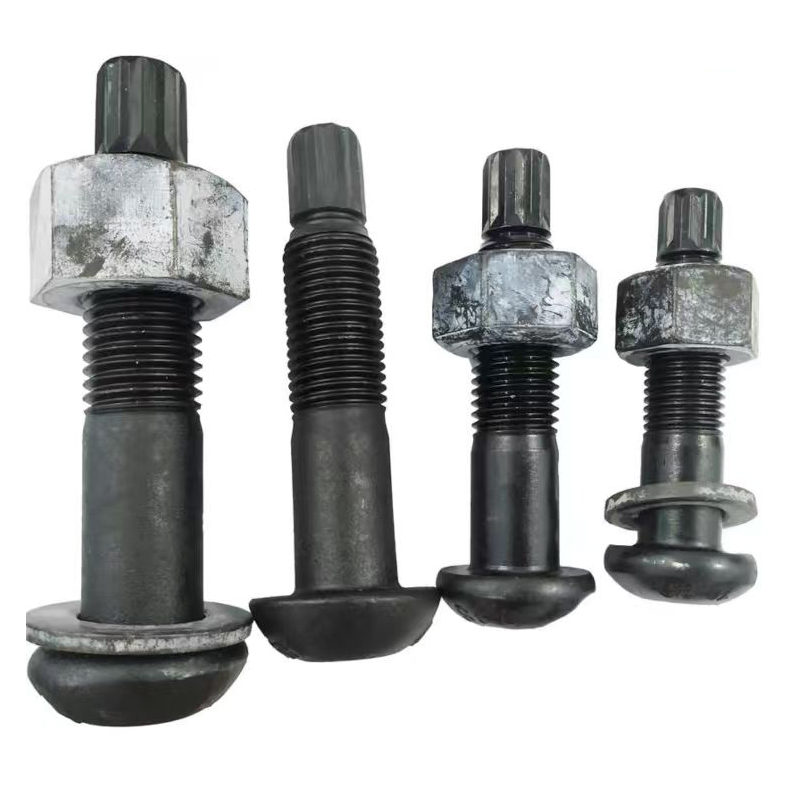 10.9S Torsion Shear Bolts
10.9S Torsion Shear Bolts -
 Electroplated zinc flange bolts
Electroplated zinc flange bolts -
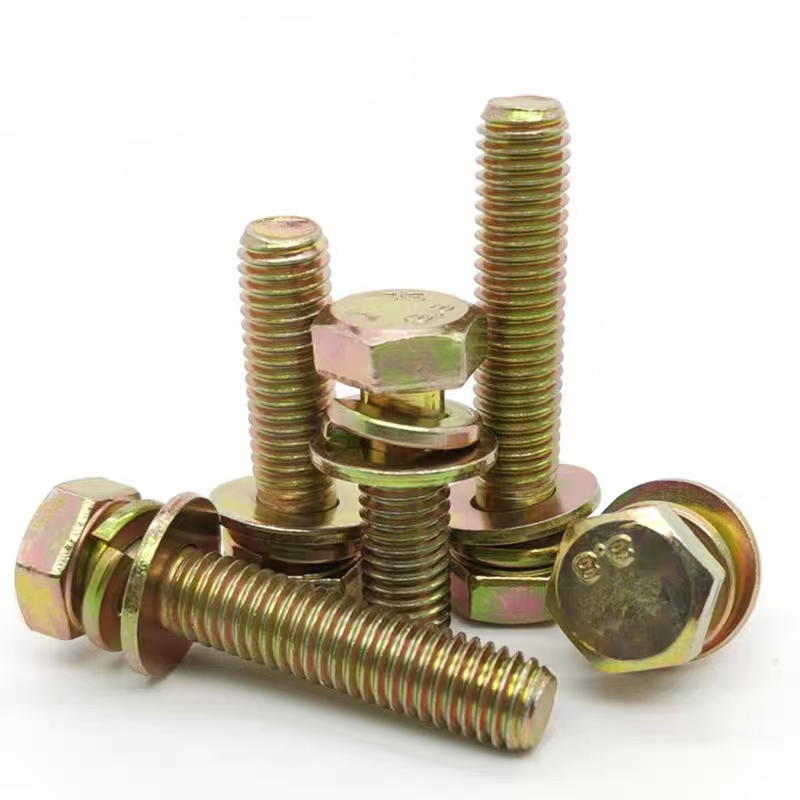 Colored zinc plated hexagonal bolts
Colored zinc plated hexagonal bolts -
 Welding nails
Welding nails -
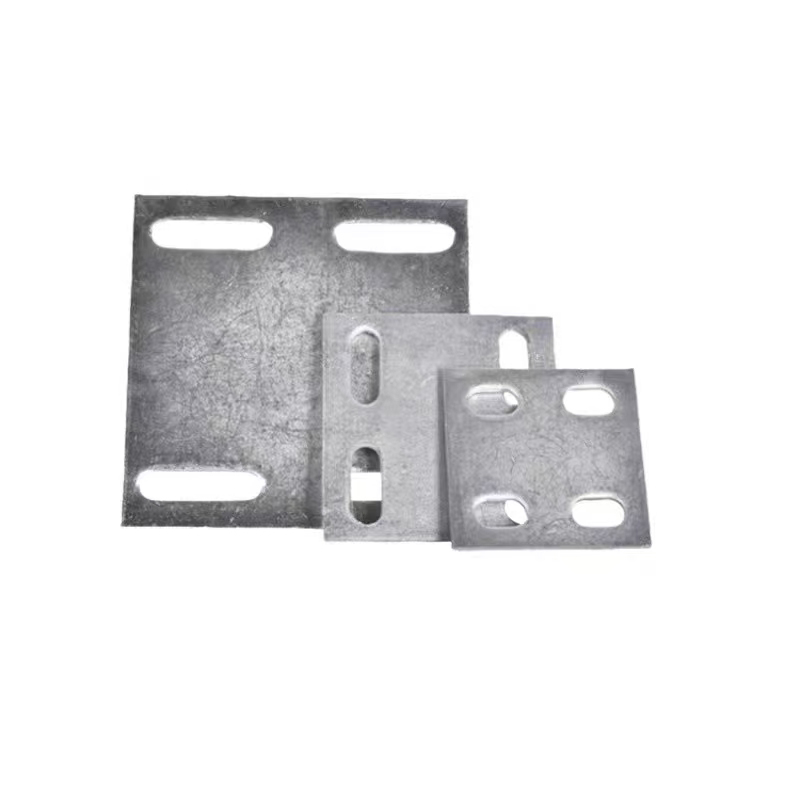 Hot-dip galvanized embedded plate
Hot-dip galvanized embedded plate -
 Electrogalvanized nuts
Electrogalvanized nuts -
 Colored zinc-plated nuts
Colored zinc-plated nuts -
 Hexagon socket hot-dip galvanized bolts
Hexagon socket hot-dip galvanized bolts -
 Electroplated galvanized flange nut (flange face nut)
Electroplated galvanized flange nut (flange face nut) -
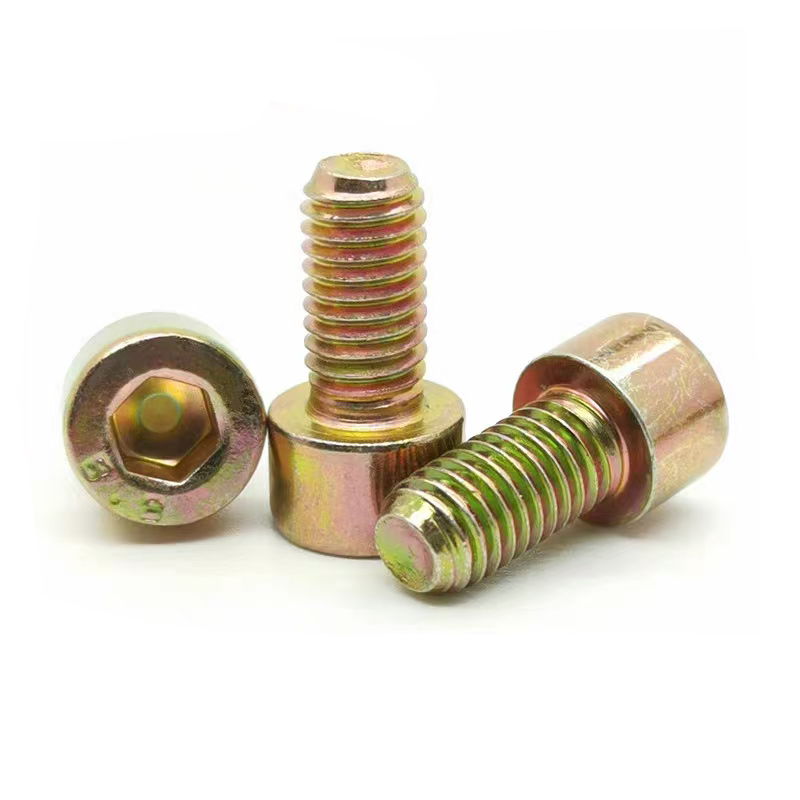 Hexagon socket colored zinc-plated bolts
Hexagon socket colored zinc-plated bolts -
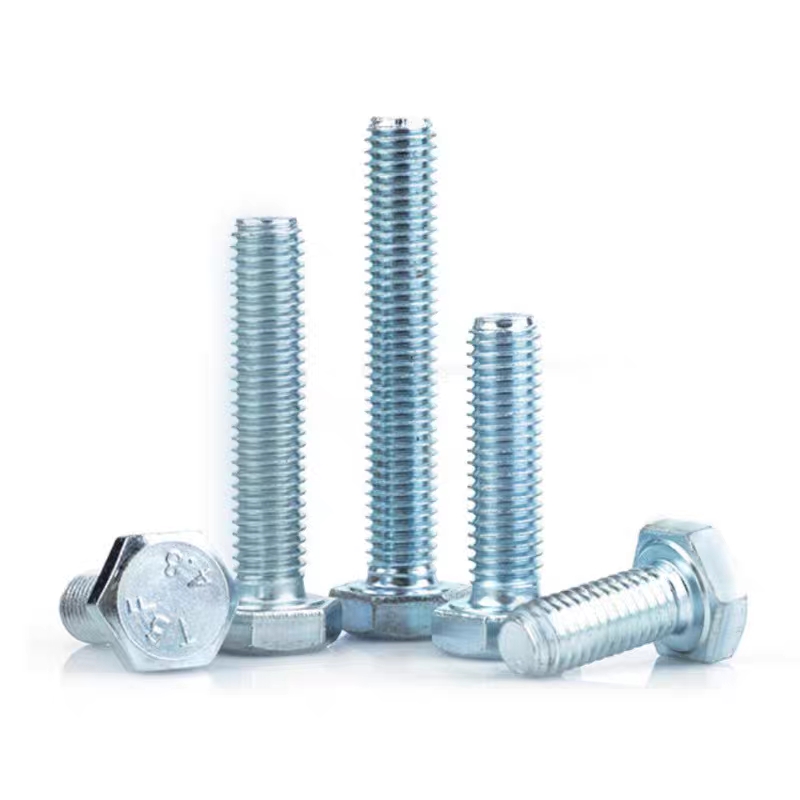 Electrogalvanized hexagonal bolts
Electrogalvanized hexagonal bolts -
 Electrogalvanized hinge bolts
Electrogalvanized hinge bolts


